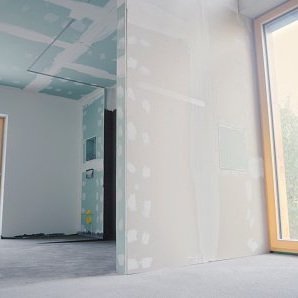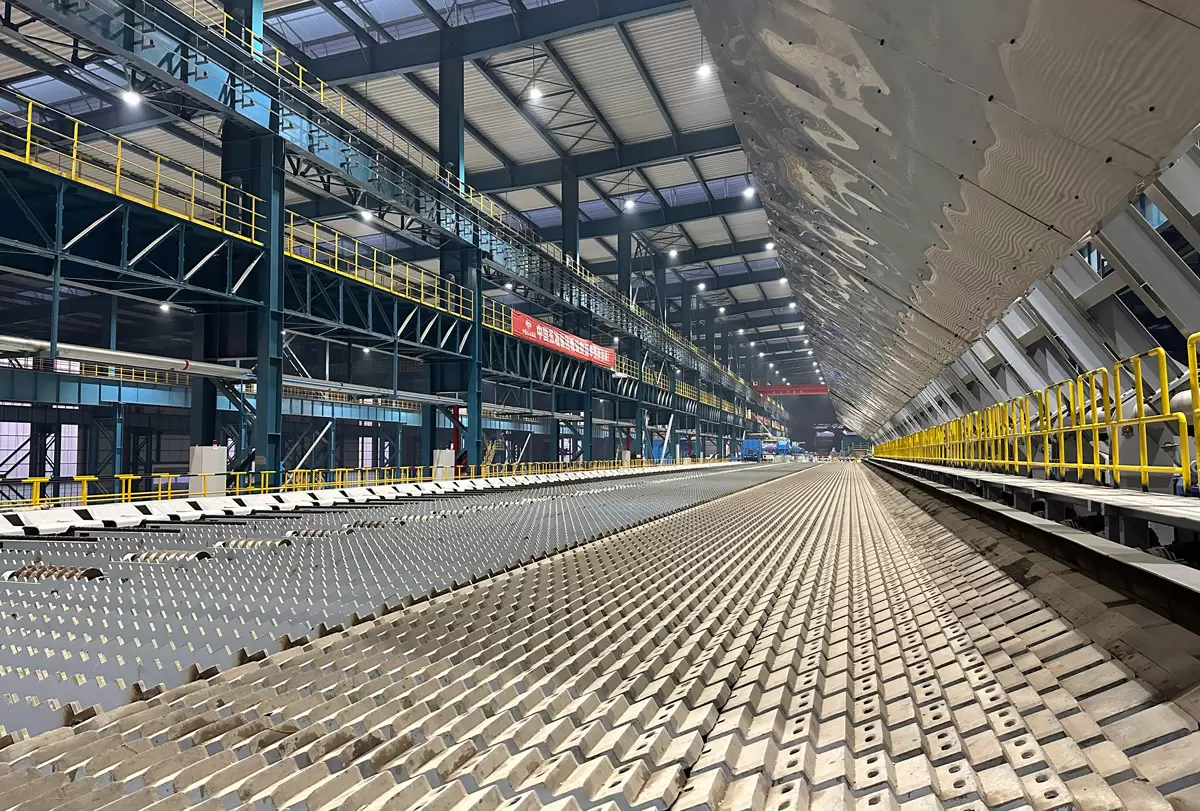Drywall is a fundamental component of modern construction, providing a smooth and durable surface for interior walls and ceilings. However, not all drywall is created equal, and it is crucial to be able to identify signs of bad drywall. In this article, we will delve into the intricacies of drywall quality assessment, equipping you with the knowledge to recognize potential issues and make informed decisions.
- Understanding Drywall Basics:
Before delving into the indicators of bad drywall, it is essential to grasp the fundamentals. Drywall, also known as gypsum board or plasterboard, consists of a core of gypsum sandwiched between two layers of paper. It is available in various thicknesses and sizes, tailored to meet specific construction requirements. - Visual Inspection:
Visual cues can often reveal the quality of drywall. Here are some signs to look out for:
a) Surface Imperfections: Inspect the drywall surface for cracks, dents, or bulges. These imperfections may indicate poor installation, structural issues, or water damage.
b) Uneven Joints: Pay attention to the joints between drywall panels. If they are uneven, poorly taped, or show visible gaps, it suggests subpar workmanship.
c) Nail Pops: These occur when the drywall nails or screws push through the surface, creating small bumps or cracks. Nail pops can be a sign of improper installation or structural movement.
d) Mold or Mildew: Dark spots or discoloration on the drywall surface may indicate the presence of mold or mildew. This can be a result of water damage or high humidity levels, which can compromise the integrity of the drywall.
- Sound Test:
A simple yet effective method to assess drywall quality is the sound test. Gently tap the surface of the drywall with your knuckles and listen for any hollow or muffled sounds. High-quality drywall will produce a solid, consistent sound, while bad drywall may sound hollow, indicating poor installation or compromised structural integrity. - Moisture Detection:
Moisture is the nemesis of drywall, as it can lead to a host of problems, including mold growth, weakened structure, and deterioration. To check for moisture-related issues:
a) Use a Moisture Meter: A moisture meter can detect excessive moisture within the drywall, helping identify potential water damage or leaks.
b) Visual Signs: Look for water stains, discoloration, or peeling paint on the drywall surface. These signs suggest water infiltration and potential damage.
- Professional Inspection:
In cases where the signs of bad drywall are not easily identifiable, it is advisable to seek professional assistance. A qualified contractor or inspector can conduct a thorough assessment, utilizing specialized tools and expertise to identify hidden issues that may not be apparent to the untrained eye.
Conclusion:
Identifying signs of bad drywall is crucial for maintaining the structural integrity and aesthetics of your property. By conducting visual inspections, performing sound tests, checking for moisture-related issues, and seeking professional advice when needed, you can ensure the quality of your drywall. Remember, early detection and timely action can save you from costly repairs and potential hazards in the long run.




More Stories
Melamine Plywood vs Traditional Plywood: Key Differences You Should Know
5 Signs It's Time to Upgrade or Replace Your Storage Shelving Units
Why Every Home Should Have a Fireproof Blanket